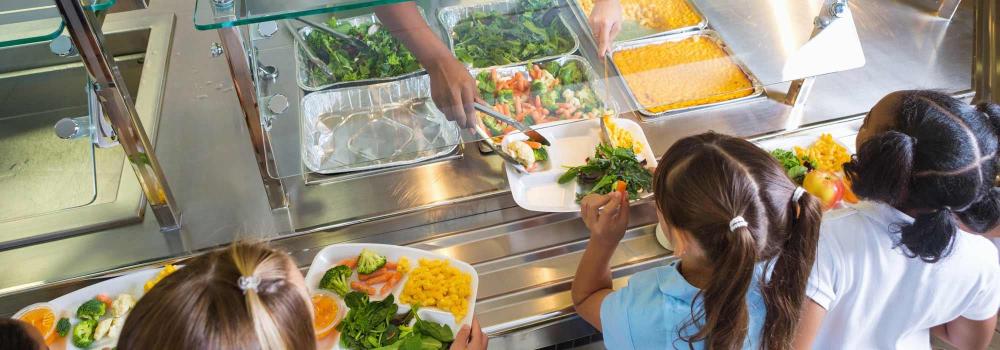Every year, many people fall prey to common food waste problems like overbuying and food spoilage, and this problem does not escape larger institutions. Not to worry: it is possible to break away from the cycle of buying too much or losing food to expiration, while also avoiding foodborne illness!
The Whole Cost of Food Waste
From grocery stores and bulk suppliers to restaurants and convenience stores, the U.S. Department of Agriculture estimates that American families, businesses, and government-associated organizations spent over $1.5 trillion on food and drink in 2019. In the same year, 35% of food went unsold or uneaten. Unfortunately, that’s not a unique statistic; approximately 90 billion meals’ worth of food ends up spoiled and unused every year in the U.S., and almost one-third of the global food supply spoils before it can be consumed.
Food is expensive, and food waste is even more costly; however, the consequences of improper food usage concern more than just money. If people unknowingly are served or consume spoiled or rotten food, it can cause all sorts of illnesses like food poisoning or salmonella. Accidental food-related sicknesses in professional settings can lead to legal or trust issues in the future, especially in public-facing organizations, like:
- Educational Institutions — Serving spoiled food can create health problems for students, which can incite parental and student distrust as well as negatively impact school image
- Healthcare Facilities — The responsibility for the safety of each patient extends to safe food storage in the cafeteria, and serving expired food can hurt patients and satisfaction scores
- Businesses — Restaurants and catering companies can lose clientele and even their food service licenses for dishing out spoiled or rotten foods to patrons
Where Food Loss Occurs
There are many causes for food waste on a large scale, like crop losses or damage during packing and shipping, and also on a more individual scale, like overbuying and improper food storage. The USDA has teamed up with the U.S. Environmental Protection Agency to enact plans to cut U.S. food waste in half by 2030, but that goal is still nine years away. Despite this initiative, and despite the best efforts of all cafeterias and kitchens to serve quality food, accidents still happen!
The good news is that accidents can be preventable, and there are quicker solutions to managing food waste than a nine-year track.
Preventing Food Waste By Improving Storage Conditions
Consistent, automated monitoring of valuable food storage units like refrigerators and freezers can help cut down on food loss; with the Primex OneVue Sense™ Temperature Monitoring solution, facilities can safeguard their food supply and make sure units are operating at the proper temperatures at all times. Regarding schools in particular, and for any nonfederal U.S.-based entity, it’s important to note that the USDA has granted funding for the use of technology, like temperature monitoring systems, as part of its Conservation Innovation Grant program.
In schools and other facilities — hospitals, restaurants, and other businesses — alike, an automated temperature monitoring solution placed in food storage units can troubleshoot a host of spoiled food-related issues with a variety of useful features, such as:
- Proactive alerts if refrigerators or freezers rise above a customizable maximum temperature, alerting facility managers and leaders to take corrective action (i.e., moving food or fixing fridges).
- If alerts are not set up, or if no staff members are present when an alarm goes off, automated data logging in the OneVue® cloud-based software can let users know exactly when an outage or irregularity occurred or if food was stored at improper temperatures for an extended period of time, like the USDA rule of 2 hours.
- Continuous, automated temperature monitoring placed in hospital storage units can help guarantee proper food delivery and can also be used in medication and vaccine storage areas to ensure that temperature-sensitive valuables remain safe and effective, both of which can help bolster patient satisfaction levels.
In all circumstances in all institutions, automated temperature monitoring can offer a strong return on investment by keeping food from going to waste (which means money is not going to waste). With reliably monitored refrigerator and freezer units, staff can rely on consistent knowledge of food conditions to predict what they need and what is preserved — also helping with overbuying! Instead of “pitching it” just to be safe, know exactly what’s good and what isn’t.
Your facility undoubtedly has enough expenses, and food waste shouldn’t have to be one of them. Preempt food inventory loss with reliable storage unit monitoring; Primex OneVue Temperature Monitoring can help educational, healthcare, and food-service facilities alike save both food and money from going to waste.
